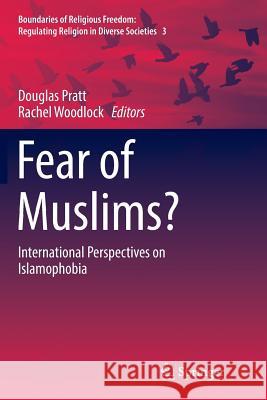Fear of Muslims?: International Perspectives on Islamophobia » książka
topmenu
Fear of Muslims?: International Perspectives on Islamophobia
ISBN-13: 9783319806280 / Angielski / Miękka / 2018 / 262 str.
Kategorie BISAC:
Wydawca:
Springer
Seria wydawnicza:
Język:
Angielski
ISBN-13:
9783319806280
Rok wydania:
2018
Wydanie:
Softcover Repri
Ilość stron:
262
Waga:
0.39 kg
Wymiary:
23.39 x 15.6 x 1.47
Oprawa:
Miękka
Wolumenów:
01
Dodatkowe informacje:
Wydanie ilustrowane











